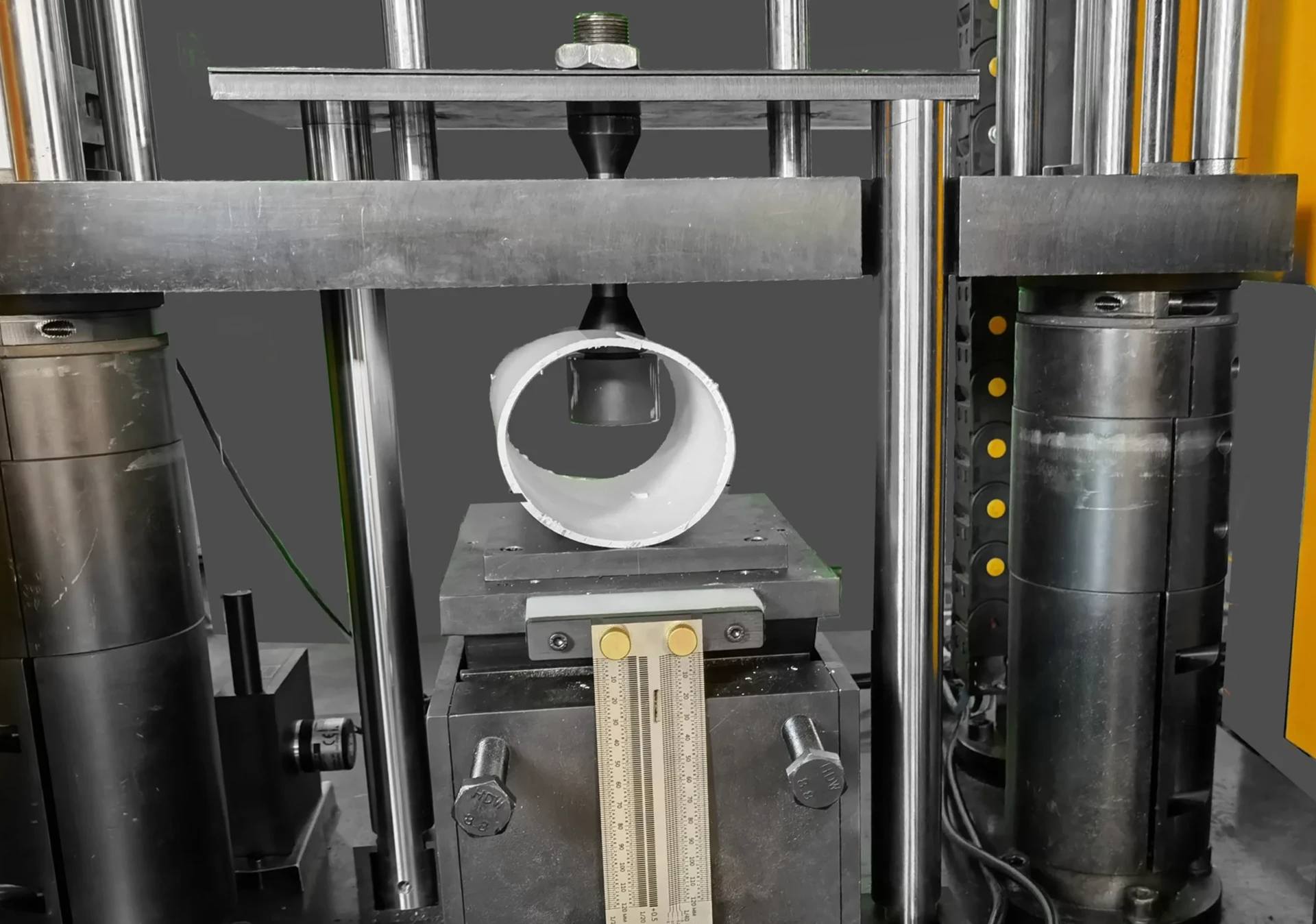ISO 2248-6 Top Surface Drop Simulation
The ISO 2248-6 standard provides a comprehensive framework for simulating the impact resistance of packaging materials and systems. This testing method is particularly useful in assessing how packages withstand top surface drop impacts, which are common during transport and handling processes.
During this test, specimens are placed on a specified height from which they are dropped onto a flat surface or anvil. The objective is to evaluate the integrity of the packaging under controlled conditions that mimic real-world scenarios where packages may experience accidental drops. Compliance with ISO 2248-6 ensures that packaging meets industry standards for protection against damage due to impacts, thereby enhancing product safety and consumer satisfaction.
The test can be tailored based on various factors such as material type, package design, and expected environmental conditions. For instance, different materials like corrugated cardboard, plastic films, or composite containers might require specific handling during testing. Understanding these nuances helps in accurately replicating the intended use environment for better predictive testing.
Accurate specimen preparation is crucial before conducting any ISO 2248-6 tests. Factors such as dimensions of the package, weight distribution within it, and even the type of contents inside can influence test results. By carefully preparing specimens according to standardized procedures outlined in ISO 2248-6, laboratories ensure consistent and reliable testing outcomes.
The apparatus used for this simulation includes a drop tower or impact tester designed specifically for top surface drop tests. These devices provide precise control over the height from which drops occur, ensuring reproducibility across multiple trials. Compliance with ISO standards ensures that all equipment meets stringent quality requirements necessary for accurate and reliable testing.
| Test Parameters | Description |
|---|---|
| Drop Height | The height from which the package is dropped, typically ranging between 100 to 600 mm depending on the material and expected impact scenario. |
| Anvil Type | The flat surface onto which the package impacts; usually made of metal or hard plastic to ensure consistent results. |
| Repetition Count | The number of times the drop test is performed, often set at 3-5 repetitions for adequate statistical significance. |
Testing according to ISO 2248-6 helps manufacturers ensure that their packaging solutions are robust enough to protect products during transit. This certification also adds value by demonstrating adherence to internationally recognized quality standards, potentially enhancing market competitiveness and regulatory compliance.
This test is essential for industries such as food manufacturing, pharmaceuticals, and electronics, where package integrity directly affects product safety.
It plays a critical role in supply chain management by ensuring that packaging can endure various stages of handling without compromising the contents.
Why It Matters
The ISO 2248-6 Top Surface Drop Simulation test is vital for several reasons. Firstly, it helps manufacturers design packaging that can withstand accidental drops during transportation and handling processes. Secondly, compliance with this standard enhances product safety by reducing the risk of damage to contents due to impacts. Thirdly, it contributes significantly towards meeting regulatory requirements across different jurisdictions.
By incorporating ISO 2248-6 into their quality assurance protocols, companies can demonstrate commitment to excellence in packaging design and performance. This not only builds trust with customers but also sets a benchmark for industry best practices. Lastly, successful completion of this test provides valuable data that informs ongoing improvements in packaging technology.
Industry Applications
Food and Beverage Industry: Ensuring that food products packaged in containers made from various materials can withstand drops without compromising quality or safety.
Pharmaceutical Sector: Protecting medicines inside packages during distribution to ensure they remain stable until consumption.
| Industry Applications | Description |
|---|---|
| Fashion and Apparel | Evaluating the durability of garment bags used in shipping clothes, ensuring they protect against accidental drops that could lead to damage. |
| Consumer Electronics | Assessing the protective capabilities of packaging for fragile devices such as smartphones or tablets during shipment. |
Use Cases and Application Examples
Testing Corrugated Boxes: A common scenario involves placing a sample box containing sensitive items like electronics on an impact tester. The box is then dropped from varying heights until it fails or passes based on specified criteria.
Evaluating Plastic Containers: For plastic containers used in food packaging, the test simulates potential impacts during loading into trucks or stacking in warehouses.
| Use Cases and Application Examples | Description |
|---|---|
| Cosmetics Packaging | Ensuring that lipstick tubes and other cosmetic containers can withstand drops without leaking or breaking. |
| Aerospace Components | Verifying the integrity of shipping boxes for aerospace components to ensure they remain undamaged during transport. |





